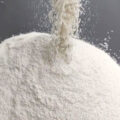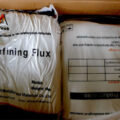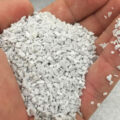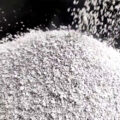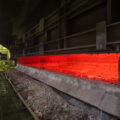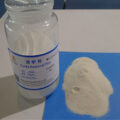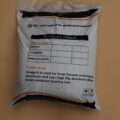Aluminum Melting Fluxes are usually added during the melting, holding or degassing of aluminium to furnaces, crucibles, ladles, or other aluminium vessels. Flux raw-material quality, addition method and product form can all affect efficiency. A flux recipe varies depending on its purpose and other process variables, such as alloy and temperature.
The amount of aluminum melting flux employed is effective, which is readily determined by observing the desired results. This amount varies with the size and nature of the aluminum pieces, their surface contamination, their composition, and other factors.
For best results, the divided aluminum should be relatively free of water and oil before the flux is applied since these contaminants increase oxidation and diminish the beneficial effects of the flux. In addition, the aluminum particles preferably should be at a relatively low temperature, not over 500° F., when the flux is applied so as to further minimize oxidation while heating the particles.
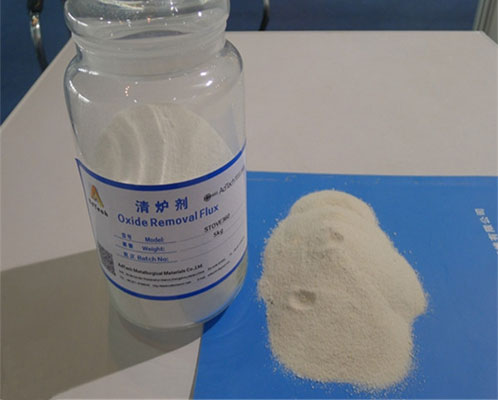
The Aluminum Melting Fluxes are usually a mixture of alkali metal and alkaline earth metal chlorides or fluorides or both. It can separate the various oxides from the molten aluminum metal.
Aluminum Melting Fluxes are mainly blends of chloride and fluoride salts with additives to instill special properties.
Most fluxes are based on a mixture of KCl and NaCl, which forms a low-temperature (665°C) eutectic.
Another common ingredient in fluxes is NaF, which forms a ternary eutectic with KCl and NaCl with a melting point of 607°C.
Suitable flux mixtures include the following:
40 to 50% KCl, 50 to 60% Mg2 Cl
40 to 50% NaCl, 45 to 55% KCl, 5% cryolite
40 to 50% NaCl, 45 to 55% KCl, 5% potassium aluminum fluoride
Generally, in metallurgy, a flux is used to remove impurities by creating a “slag” which floats on the surface of the liquid metal and which contains the impurities. The slag can be removed by skimming it from the surface of the metal, or by draining the vessel of liquid metal and leaving the slag behind to be dumped in a different container.

